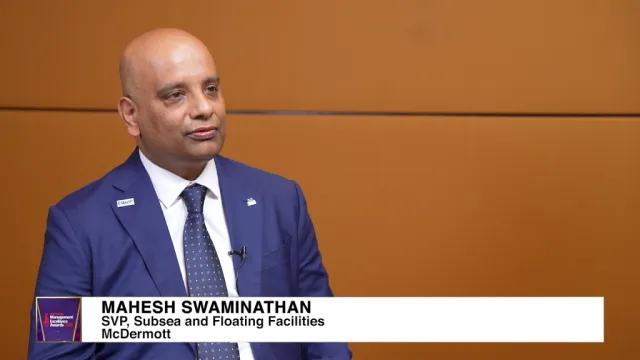
Singapore's life insurers eye growth in 2025
The push for innovative healthcare solutions amidst medical inflation is a challenge.
Last year’s rebound in Singapore’s life insurance industry is expected to spill over to 2025, spurred by rising interest in sustainable insurance products and the industry’s digital transformation, according to the Life Insurance Association.
“I look forward to a positive 2025 and a good outlook,” Dennis Tan, president of the Life Insurance Association of Singapore, told Insurance Asia in a Zoom interview. “The protection gap still exists, but at the same time, there’s increasing awareness of the public and more action being taken by people for themselves and their families.”
Tan expects the industry to have posted growth in 2024, noting that premiums for January to September had already accounted for 88% of the total in 2023.
“Despite macroeconomic challenges like inflation and geopolitical tensions, the industry has proven resilient and well-positioned to meet evolving consumer needs,” he said.
The rebound in the life segment started as early as the second half of 2023, Tan said, though premiums for the full year fell 3.9% from a year earlier, according to data from the association.
Singapore’s ageing population remains a focus for life insurers, with one in four Singaporeans expected to reach 65 or older by 2030.
“This demographic shift is crucial, and the life insurance industry needs to continually refine its products to meet the needs of this ageing population,” Tan said.
A more concerning challenge for Tan is the push for innovative healthcare solutions even as medical inflation hits low double-digits annually.
Medical costs in Singapore are expected to rise 12% this year, whilst the greater Asia-Pacific region will probably experience elevated costs, according to Willis Towers Watson Plc.
“It’s not a problem one party can solve alone; it needs a whole-of-ecosystem partnership,” Tan said.
Singapore’s life insurers have introduced strategies like claim-based pricing, which rewards healthy policyholders and encourages them to continue maintaining their health, he pointed out.
State initiatives to raise financial literacy and consumer awareness have also supported the industry’s growth, Tan said.
“These initiatives… empower individuals to take charge of their own financial planning for themselves and their families,” he added.
Singapore’s life insurance market is expected to grow 4% annually to $43.6b in gross written premiums by 2029, spurred by an ageing population, increased health awareness, and a rebound in consumer spending, according to GlobalData.
Tan remains optimistic about the industry’s prospects for 2025, noting that the COVID-19 pandemic has heightened awareness about financial and health protection.
“Consumers are more disciplined now, regularly reviewing their insurance needs and seeking adequate coverage for themselves and their families,” Tan said.
The challenge for insurers is balancing growth with the rising costs of healthcare, he added.



















 Advertise
Advertise







